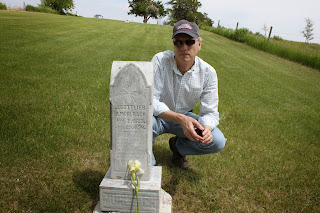I’m a little surprised to find that the new issue of
Runner’s World is still sitting on my reading stand, unopened after a week.
There have been times when the magazine was greeted at the
mailbox like an old friend and read immediately from cover to cover.
I’m sure I’ll get around to reading this issue, but I’m
wondering why the thrill is gone. One
reason, I suppose, is the existence of digital media. The Runner’s World website is
a more familiar hangout for me these days than is the paper and ink version of
the brand. The Master’s forum is a
particular favorite, a place I often visit a couple times a week.
Back in the day, the magazine was all we had, and it was a
lot—great articles on technique, inspirational runners, events and gear. I even enjoyed the ads. The same is true today; the magazine’s content has never
been better. The editorial team has mission, focus and personality.
Perhaps it’s just that I’ve outlived the publication’s
demographic focus. For one thing, I
don’t ever expect to see a running geezer on the cover. (And, that’s fine. We
know what we look like.) And I pretty
much know what to do with my diet, how to treat my sore knee, and where I’m
going to race this season.
